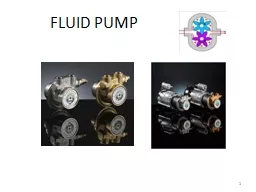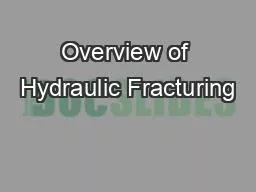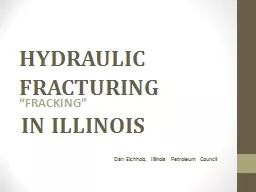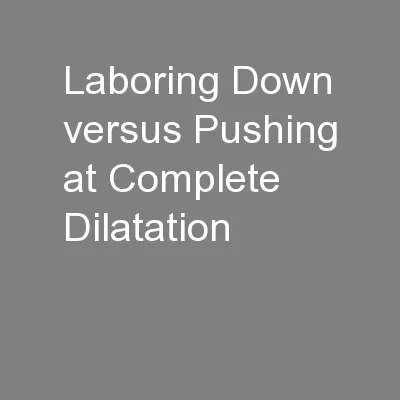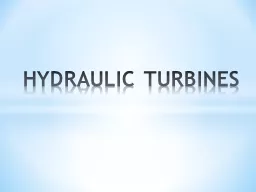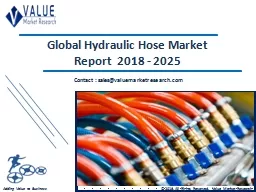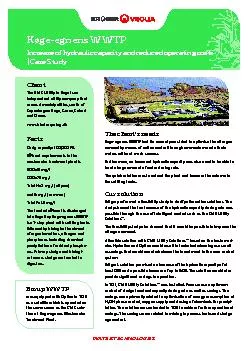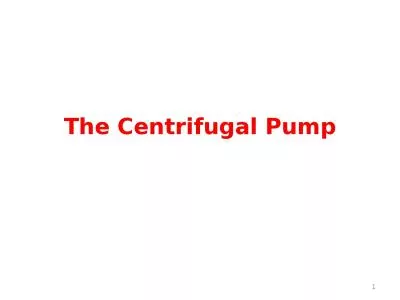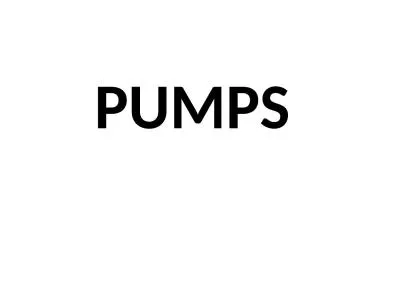PPT-FLUID PUMP 1 Pump: Hyd. pump converts mechanical energy into hydraulic energy by pushing
Author : conchita-marotz | Published Date : 2018-02-18
It receives energy from prime mover electric motor or engine and imparts it to fluid 2 CLASSIFCATION Based on principle of operation 1hydrostatic pump positive
Presentation Embed Code
Download Presentation
Download Presentation The PPT/PDF document "FLUID PUMP 1 Pump: Hyd. pump converts me..." is the property of its rightful owner. Permission is granted to download and print the materials on this website for personal, non-commercial use only, and to display it on your personal computer provided you do not modify the materials and that you retain all copyright notices contained in the materials. By downloading content from our website, you accept the terms of this agreement.
FLUID PUMP 1 Pump: Hyd. pump converts mechanical energy into hydraulic energy by pushing: Transcript
Download Rules Of Document
"FLUID PUMP 1 Pump: Hyd. pump converts mechanical energy into hydraulic energy by pushing"The content belongs to its owner. You may download and print it for personal use, without modification, and keep all copyright notices. By downloading, you agree to these terms.
Related Documents

